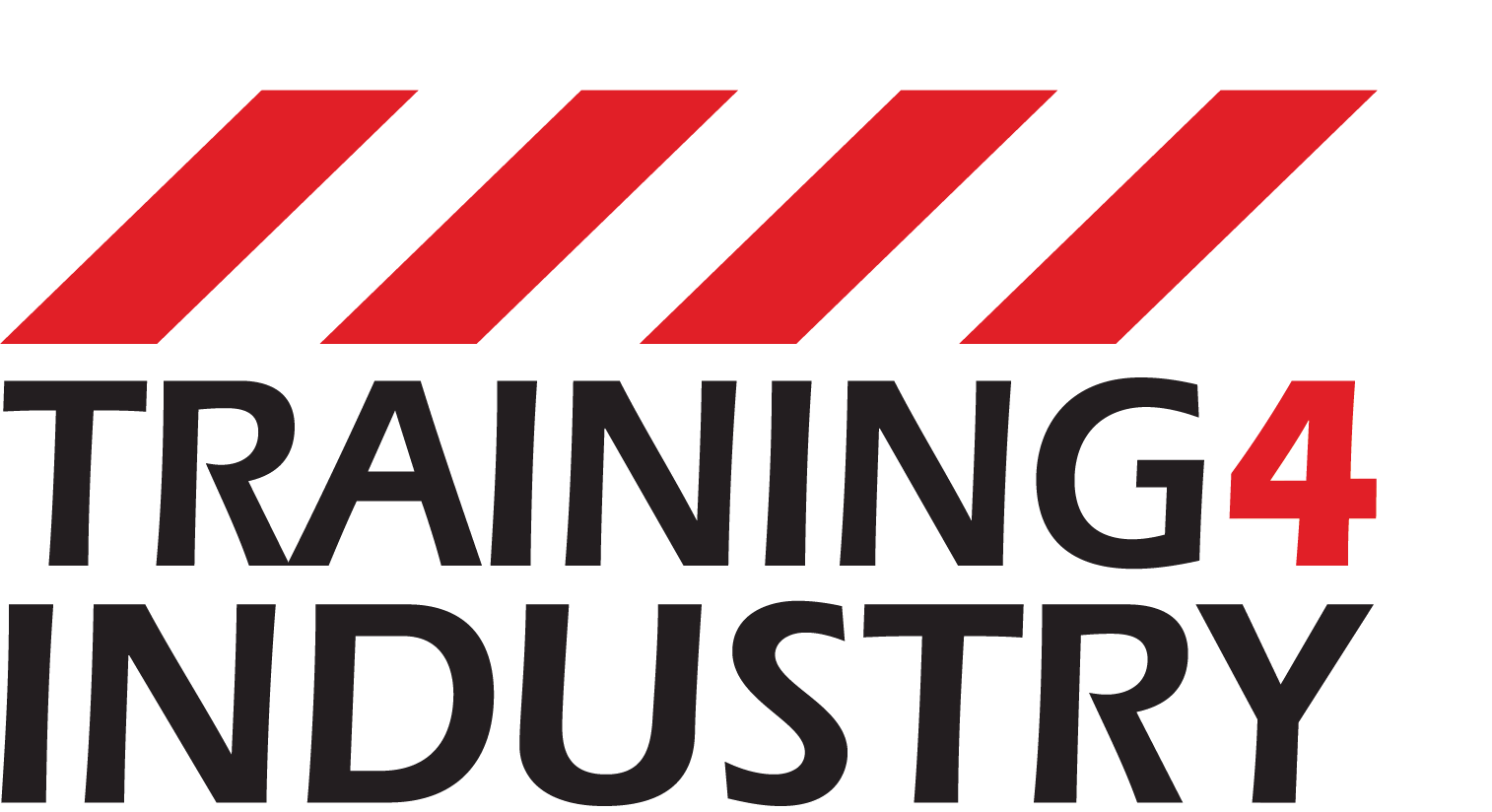Course Content
INTRODUCTION
Facilities, Objectives, Health and Fitness Statement.
REGULATIONS
HSWA 1974 – Employer’s and employee’s responsibilities. Road Traffic Act – Dangerous Driving including overweight and unsecured loads, consequences e.g. fines and imprisonment. Management Regs 1999 – Risk Assessment PUWER 1998 – Adequate training for purpose of Health & Safety on machinery to be used. LOLER 1998 – Ancillary lifting equipment including Suitability, Maintenance, Inspection and Records. Road Vehicles (Construction and Use) Regulations 1986 – reference to unsecured loads. Department for Transport – Approved Code of Practice for Safety of Loads on Vehicles.
VEHICLE TYPES
Small vehicle and Trailer < 3.5 t. Flatbed up to 7.5 t. LGV 2 axle rigid 18 t. LGV 3 axle rigid 26 t. LGV 4 axle rigid 32 t. Tractor unit and articulated trailer.
VEHICLE LOAD
RISK ASSESSMENT
Generic, Specific and Visual. Definition of a Hazard. Definition of a Risk. Calculation of Risk potential. Action to take when risks identified. Every time we load/unload make a mental note, continually monitor by observation. Identify potential hazards and means of reducing or eliminating the risk.
LOADING
Load central – not to one side of body, axle weights not compromised, not wedged against other part of load. Avoid against headboard or tailboard. How to calculate load on front axle.
SECURING
Chains & fasteners, straps & tensioners, different type hooks and retaining clips, double reeving block and wheel chocks. Restraining strength 100% of load forward, 50% sideways backwards. Amount of equipment carried – adequate and inspected at suitable intervals – daily.
Use of correct tie-down points on the vehicle and load. Possibility of side forces. Two chains/straps pulling opposite directions minimum. Strap/chain angle less than 60 degrees to maximise load security. Fasteners down same side away from traffic. Work from ground wherever possible.
UNLOADING
Risk assessment re: overhead cables/ obstructions, ground conditions, type of machines, proximity of place where machine to be left. If using winch on slope have cab uphill. Traffic and other persons, weather and light. Lowering of ramps and run off clearance. Ramp spacing and width of machine to unload.
Method of unloading: Drive it off unassisted. Use of winch – when, why, how, possible shock loading. Use of Hiab or Forklift (operator must be trained also refer to LOLER regs). Order of unfastening when on slope – lower fasteners first. Avoid trip hazard with chains – good housekeeping. Never stand between unsecured machines. Work from ground wherever possible to reduce risk of trips/falls on vehicle body. Determine direction of travel before moving machine.
Leaving machine when off loaded: Safe position, power source isolated, secured, key removed.
SUMMARY
THEORY TEST
Multiple-choice questions answered individually with aid of course notes.
PRACTICAL
Practical Session to include:
- Risk Assessment – Recorded on agreed form 5.3.5.
- Inspection of the vehicle to be loaded/unloaded.
- Inspection of the plant to be loaded/unloaded.
- Compatibility of a) and b) to avoid axle/ vehicle overload.
- Siting of the vehicle to be loaded.
- Loading single and multiple loads.
- Securing.
- Checks prior to travelling.
- Unsecuring.
- Unloading.
- Parking and leaving of plant.
Equipment & Other Requirements
Equipment & Other Requirements
Candidates are required to bring the following equipment on the day of the training
- PPE – Hard Hat, Safety boots, High Visible Jacket/Vest, Full body harness & adjustable restraint lanyard
- Company CITB Levy number – Candidates attending Construction related courses should bring their company CITB Levy number with them if applicable.
- A Form of photo ID ( Passport, Driving license, Formal ID Cards)
- Candidates must have completed the IPAF operator course prior to attending this course and their IPAF card is valid.
Failure to have the correct PPE & Harness for the practical training session may effect candidates completing the training course. You can purchase a Harness & Lanyard set for the training from us for £69.95 +vat for the set.*CANDIDATES MUST DOWNLOAD AND REGISTER ON THE NEW IPAF ePAL APP PRIOR TO ATTENDING THE COURSEOnce registered candidates will receive an email from IPAF to activate the APPIPAF have digitised PAL Cards with the new ePAL app, available to both new and existing operators. This replaces the need for paper and plastic documents and licenses with operators’ qualifications and experience easily recorded, stored and shared.Operators can download the app for free to Apple iOS and Android devices and use it to view and access their digital PAL Cards, logbooks and IPAF safety guides.The New IPAF Digital PAL Card Licence Application (ePAL) will be the new default licence and the cost is included in the price of the course. For anyone who would like an additional Physical PAL Card Licence (Printed PAL Card)This would be an additional cost of £12.50 + vat
Learning Objectives
At the end of the course the candidate will:
- Be aware of the relevant Health and Safety Legislation.
- Be aware of accident prevention and control measures.
- Be aware of the needs with regard to Personnel Protection Equipment and requirements.
- Be able to safely load, unload and secure different types of machinery onto the body of a suitable vehicle ready for transportation legally on the public highway.
THEORY – The candidate should know:
- The pre-use and maintenance checks to be carried out prior to commencing work.
- The correct and safe method for operating, loading, unloading, positioning and securing ready for transportation of a specific machine or machines.
- The correct capacities, limitations and safety procedures to enable safe operation.
- The correct selection of vehicle relating to the different types and combinations of machines to be transported.
- The correct selection, inspection and use of securing and ancillary equipment.
Course Aim
To instruct the operator in the correct safety procedures for the loading, unloading and securing of plant machinery prior to or following transportation by road.
Course Overview
As the assembly and use of MEWPs can be physically demanding, users should be physically fit and in good health and should, generally, not have problems with eyesight or hearing, heart disease, high blood pressure, epilepsy, fear of heights/vertigo, giddiness/difficulty with balance, impaired limb function, alcohol or drug dependence or psychiatric illness.
If you have any problems with literacy or language comprehension, or have any doubts about your fitness to use MEWPs, you must bring them to the attention of your employer. This need not preclude you from using MEWPs, provided your employer conducts an assessment and is able to put into place adequate measures, to take account of any difficulties you may have.
All applicants must have satisfactorily completed a recognised Operator’s course.
They should hold a valid Operator’s licence for the relevant categories of plant e.g. MEWP, Forklift, Dumper OR the Employer must provide written evidence of competency of plant operation before commencing the course.
Applicants should also hold a current driving licence for the type of vehicle to be loaded or the Employer must provide written evidence of the candidate’s familiarisation with the vehicle.






